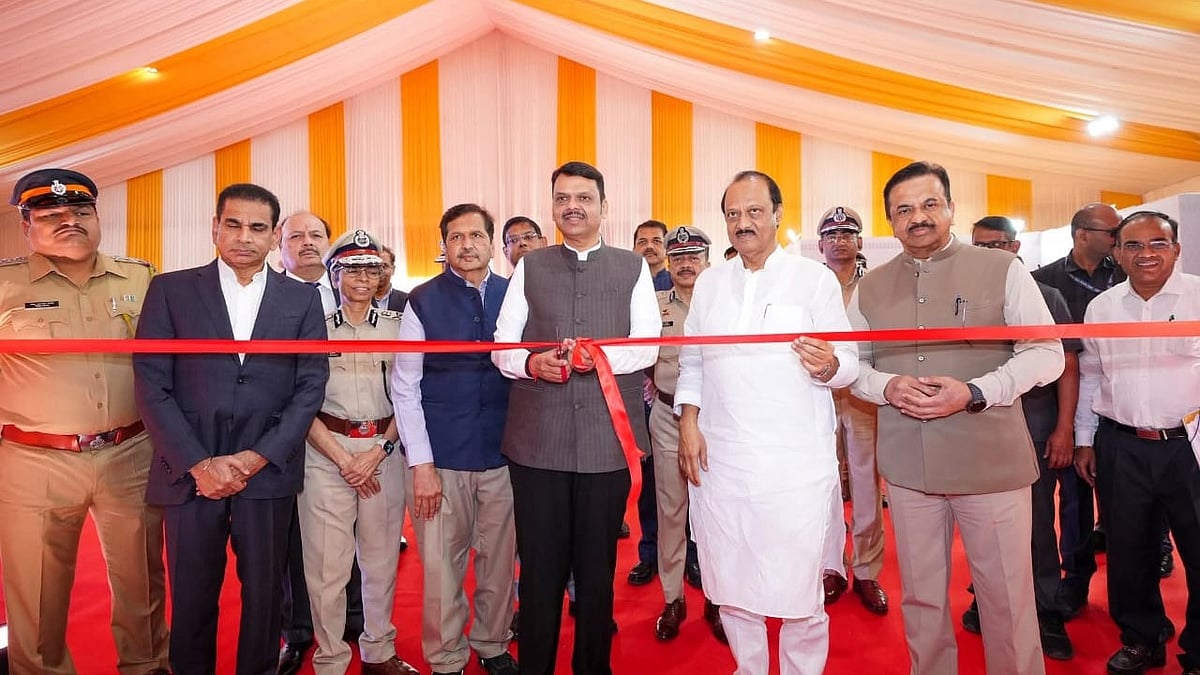Bhopal (Madhya Pradesh): At a time when the Central Government claims that all the villages across the country are provided with electricity, nearly 11,000 elementary schools in Madhya Pradesh are bereft of power supply. The state has a total of 82,935 government elementary schools (classes 1–8).
Barwani district tops the list with 1,246 schools without electricity, followed by Dhar with 833 schools, Anuppur with 549 schools, Sidhi with 510 schools, Khargone and Singrauli 425 schools each, Panna (421 schools), and Ashoknagar (403 schools).
According to official data collected by the School Education Department on Unified District Information System for Education Plus (UDISE+) for the academic session 2023-2024, this issue is not confined to rural or remote areas alone; even the state’s major urban centers are affected.
Fourteen schools in Bhopal lack access to electricity, while 19 schools in Indore face the same problem.
Other districts' schools struggling without electricity include Shivpuri (349 schools), Chhindwara (356 schools), Vidisha (347 schools), Jhabua (372 schools), Rewa (296 schools), and Ujjain (266 schools).
The lack of power hampers basic infrastructure needs, such as lighting and fans, making the learning environment uncomfortable, especially during extreme weather conditions. Additionally, the absence of electricity poses significant challenges to effective teaching and learning. It limits the use of essential technology like computers, projectors, and digital learning tools, which are now being used in government schools.

Electricity connections are there but there is no power supply
In 5,416 schools across Madhya Pradesh, while electricity connections are in place, there is no actual power supply. This issue affects 669 schools in Rewa, 471 schools in Alirajpur, 284 schools in Sagar, 273 schools in Betul, 19 schools in Bhopal, 35 schools in Indore, and 92 schools in Ujjain.
Out of the 491 schools in Burhanpur, electricity connections are in place in every school, but supply is absent in 40 schools. Similarly, in 1,283 schools in Katni, every school has an electricity connection, but supply is not there in 77 schools.

.jpg)








